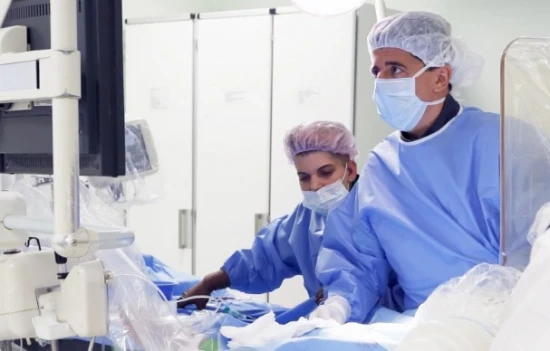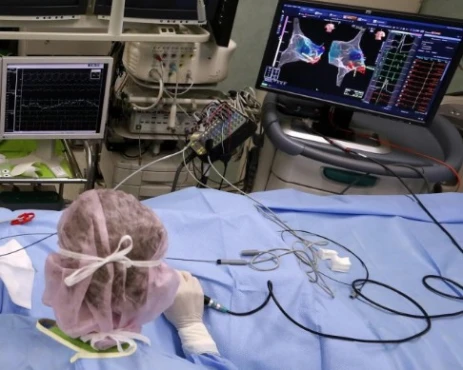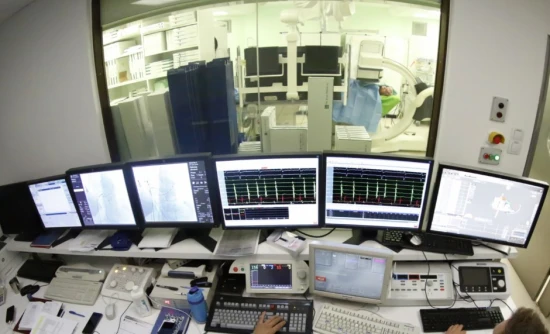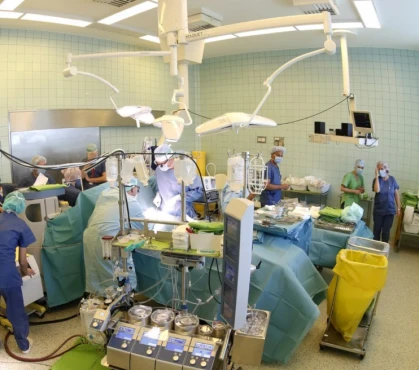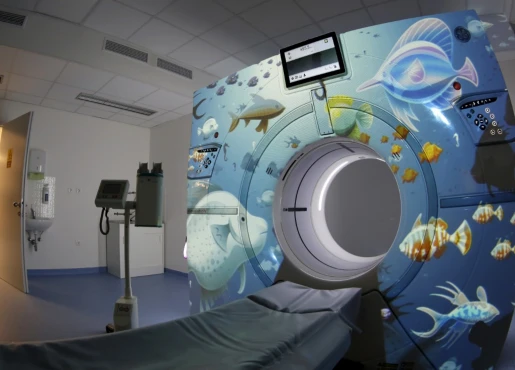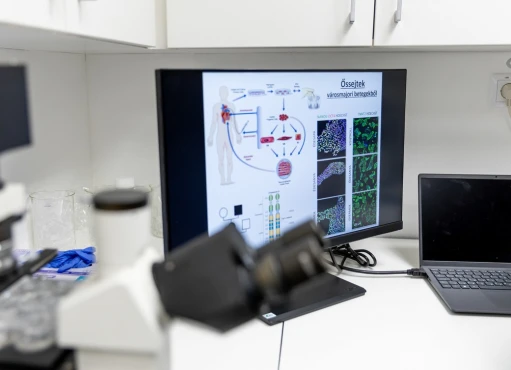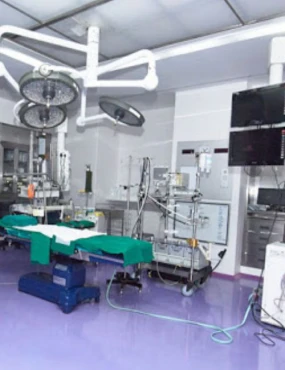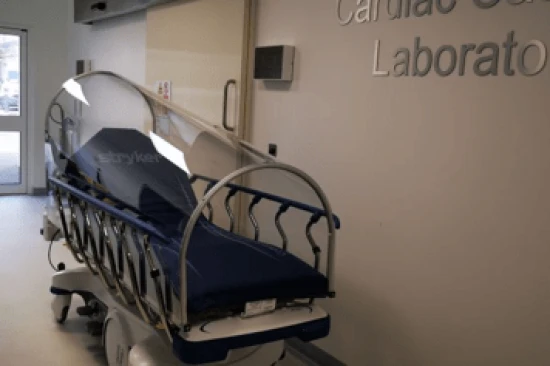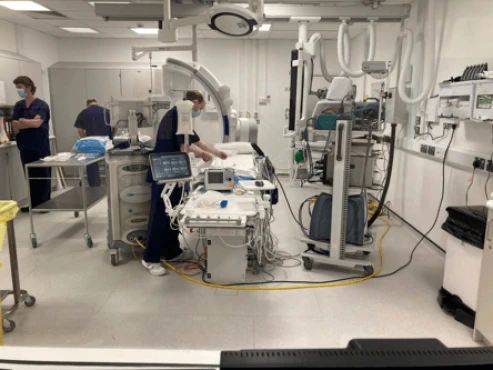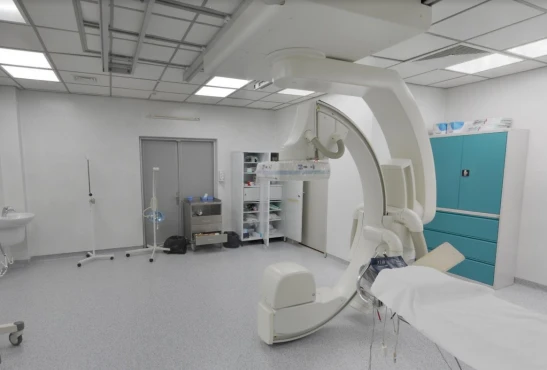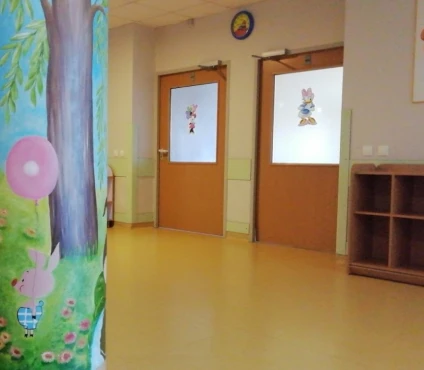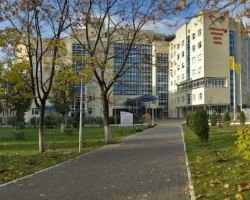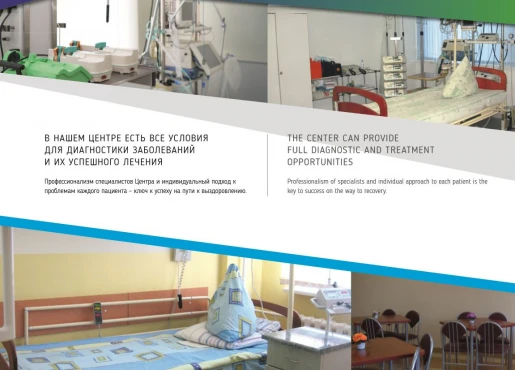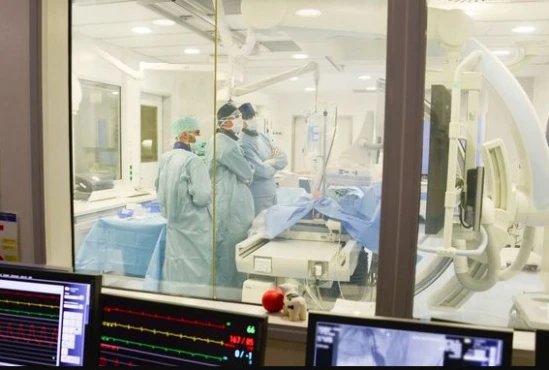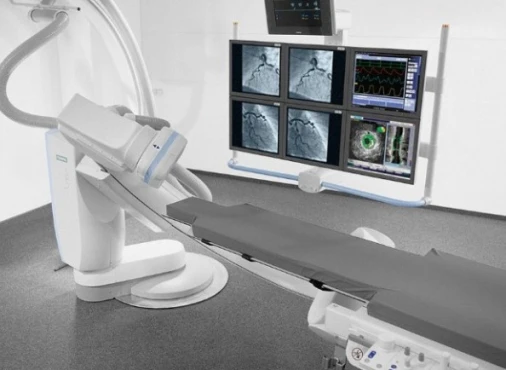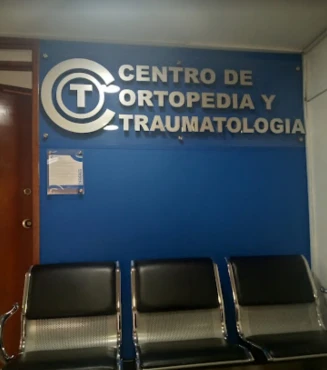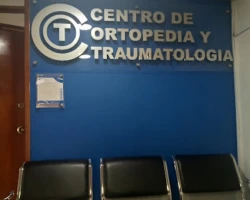Hemodynamic disorders in aortic stenosis
Aortic stenosis (AS) accounts for approximately 2.33% of all congenital heart defects and occurs with a frequency of 18.6 per 100,000 live births. With this pathology, a narrowing of the excretory tract of the left ventricle occurs, which interferes with the normal flow of blood into the ventricle. In this article, we will analyze in detail the features of AS: the causes, symptoms and complications of this disease.
Recall that the heart consists of four cavities (two ventricles and two atria), and also contains the same number of valves, one of which is the aortic valve. The latter normally consists of three cusps and prevents the return flow of blood from the aorta to the left atrium. The heart has two phases: systole (contraction) and diastole (relaxation).
Aortic stenosis - causes
One of the most common causes of AS is a bicuspid aortic valve (unilocular valve or other defects that are congenital anomalies also occur). Other conditions that increase the risk of stenosis include:
- valve calcification and damage due to atherosclerosis;
- rheumatic fever (complication of sore throat or scarlet fever, which can cause scarring of the aortic valve, making it difficult for its normal functioning).
Disease classification
Aortic stenosis is divided into three main groups:
- Subvalvular.
- Valvular.
- Supravalvular.
With subvalvular stenosis, narrowing of the outflow part of the left ventricle occurs, which is usually associated with the presence of a membrane or fibromuscular canal (thickening of the muscular septum).
This type of pathology can be isolated, but in some cases it is accompanied by aortic valve defects, ventricular septal defect (VSD), and also occurs as part of Sean's syndrome (a rare congenital malformation in which the left heart and aorta are affected). The course of subvalvular aortic stenosis is diverse and depends, inter alia, on the presence of concomitant conditions.
Valvular stenosis is the most common cause of a bicuspid aortic valve. Also, this type of pathology is the most common congenital malformation in adults (1-2% of the population), often accompanied by other anomalies, including hypoplasia (underdevelopment) of the mitral valve, left ventricle, ascending part of the aorta or its arch. Also, in some cases, this condition is associated with coarctation of the aorta and non-closure of the ductus arteriosus.
Supravalvular stenosis is caused by narrowing of the aorta above the valve. It can be an isolated defect, often a component of Williams syndrome. Supravalvular stenosis most often manifests itself in childhood and may be accompanied by other abnormalities, such as hypoplasia of the ascending aorta, aortic valve abnormalities, narrowing of the main branches of the aorta, and coronary artery abnormalities.
Valvular stenosis occurs most frequently (approximately 60–75% of cases). More rare forms are subvalvular (15–20%) and supravalvular (6–10%) aortic stenosis.
Hemodynamics for aortic stenosis
Aortic stenosis makes it difficult for blood to drain from the left ventricle, which leads to the following changes:
- The systolic pressure of the left ventricle increases, which causes an increase in the load on it and, consequently, its hypertrophy (an increase in the volume and mass of the muscles of the chamber).
- Systolic dysfunction of the left ventricle - thickening of its wall entails problems of relaxation of the chamber, which leads to a decrease in the ejection fraction of this chamber.
- As filling of the left ventricle becomes difficult, the end-diastolic pressure in the left ventricle increases and, as a consequence, the pressure in the left atrium and pulmonary veins increases. Without treatment, other heart defects can join the AS.
Thus, the consequences of impaired blood outflow from the left ventricle in severe fetal AS are:
- hypertrophy of the muscles of the left ventricle;
- changes in the inner layer of the heart (endocardial fibrosis);
- increased risk of acquired heart defects and heart inflammation;
- syndrome of underdevelopment of the left ventricle;
- enlargement of the aorta and an increase in the risk of its dissection.
Symptoms of the disease in children
Mild to moderate AS is most common in children. Patients do not complain at all or for a long time. Systolic murmur and early systolic click over the aortic valve are often the only signs of disease.
Critical aortic valve stenosis in a newborn
Such a defect, found in a baby at birth, is not life-threatening, but the condition worsens (quickly or over several hours or days) as the ductus arteriosus closes.
Symptoms of heart failure and respiratory failure develop, including:
- increased heart rate (tachycardia);
- lowering blood pressure (arterial hypotension);
- shortness of breath and an increase in the frequency of respiratory movements (tachypnea);
- enlargement of the liver (hepatomegaly);
- violation of blood flow through the body;
- acute renal failure;
- change in blood acidity;
- ventricular arrhythmias;
- shock;
- pulmonary edema.
Symptoms of the disease in adults
As noted earlier, the presence of certain symptoms depends on the degree of stenosis, and a slight narrowing usually does not appear for many years. It should be noted that with congenital and acquired aortic stenosis, the patient will have the same complaints and hemodynamic disturbances.
Symptoms of the disease include:
- pain similar to that of angina pectoris;
- dizziness;
- rapid heartbeat;
- frequent fainting or light-headedness;
- shortness of breath during exercise (and in case of severe pathology - and at rest) and other symptoms of heart failure (edema in the legs, enlarged liver, etc.).
Aortic stenosis: auscultation
Auscultation is a method of examination in which a doctor uses a special device (often a phonendoscope) to listen for noises on the surface of the chest or in another location. This pathology is characterized by the presence of several auscultatory signs, however, before proceeding to them, it is necessary to understand what heart sounds are and how they are formed.
So, heart sounds are the characteristic sound of a working heart muscle. There are four heart tones:
- The first tone is formed due to the vibration of four components: ventricular contraction, closure of the mitral and tricuspid valves, opening of the semilunar valves and the ejection of blood from the ventricles.
- The second heart sound is shorter and higher in frequency than the first, occurs when the aortic and pulmonary valves are closed.
- The third heart sound is very weak and is caused by a rush of blood to the ventricles. It can be heard in most healthy young people.
- The fourth heart sound is rarely heard normally, but it can be displayed during phonocardiography (special instrumental examination). Caused by atrial contraction.
In AS, there are two characteristic auscultatory signs:
- decrease in the strength of the aortic component in the formation of the second tone and its paradoxical splitting;
- systolic murmur (ejection murmur) - occurs immediately after the first tone, gradually increases, and then decreases and disappears; often well performed along the carotid arteries and in the apex of the heart.
There is also such a thing as mitralization of the AS. In this condition, the relative insufficiency of the mitral valve is attached due to the expansion of its annulus fibrosus. In this case, the doctor can hear a "soft" noise that differs from that of a conventional AS.
Complications of the disease
This pathology can have the following complications:
- chronic heart failure;
- expansion of the ascending aorta and aortic dissection;
- infective endocarditis;
- acquired von Willebrand syndrome (violation of normal blood clotting);
- gastrointestinal bleeding;
- sudden cardiac death as a result of, for example, ventricular arrhythmias and acute heart failure.
Disease prognosis
The asymptomatic course may not affect life expectancy in any way. With a clinical picture characteristic of the disease, surgical intervention significantly improves the prognosis. Newborns with critical AS are at the highest risk of complications and death.
Summary
In this article, we examined the features of aortic stenosis, the causes of which are currently not fully known. This disease is characterized by a narrowing of the left ventricular outflow tract, which interferes with the flow of blood into the aorta.
The most common congenital anomaly is valve stenosis. The latter is often caused by the presence of two valve cusps instead of three. Subvalvular and supravalvular stenosis are less common.
The clinical picture of AS depends on the degree of narrowing. So, a critical stenosis in a newborn leads to circulatory failure.
Mild to moderate narrowing is usually asymptomatic, while severe stenosis causes fatigue, chest pain, fainting, and heart failure.
References:
- Harrison`s Principles of Internal Medicine 19/E (Vol.1). Dennis Kasper, Anthony Fauci, Stephen Hauseret all. McGraw-HillEducation 2015 ISBN: 0071802134 ISBN-13(EAN): 9780071802130.
- Kanwar A, Thaden JJ, Nkomo VT. Management of Patients With Aortic Valve Stenosis. Mayo Clin Proc. 2018 Apr;93(4):488-508. doi: 10.1016/j.mayocp.2018.01.020. PMID: 29622096.
- Interna szczeklika - duży podręcznik. Medycyna praktyczna. 2021. ISBN 9788374306522.
- Pediatria do LEK i PES. Anna Dobrzańska, Józef Ryżko. 2018. ISBN: 978-83-7609-855-5.









